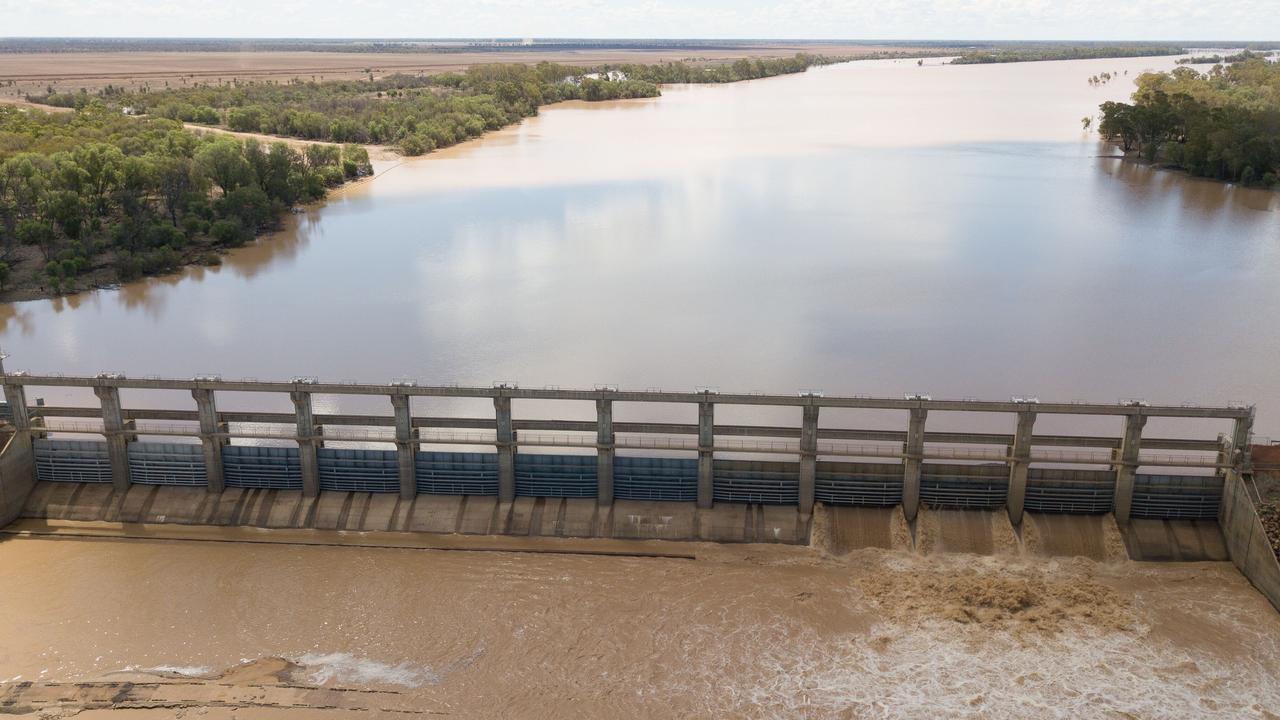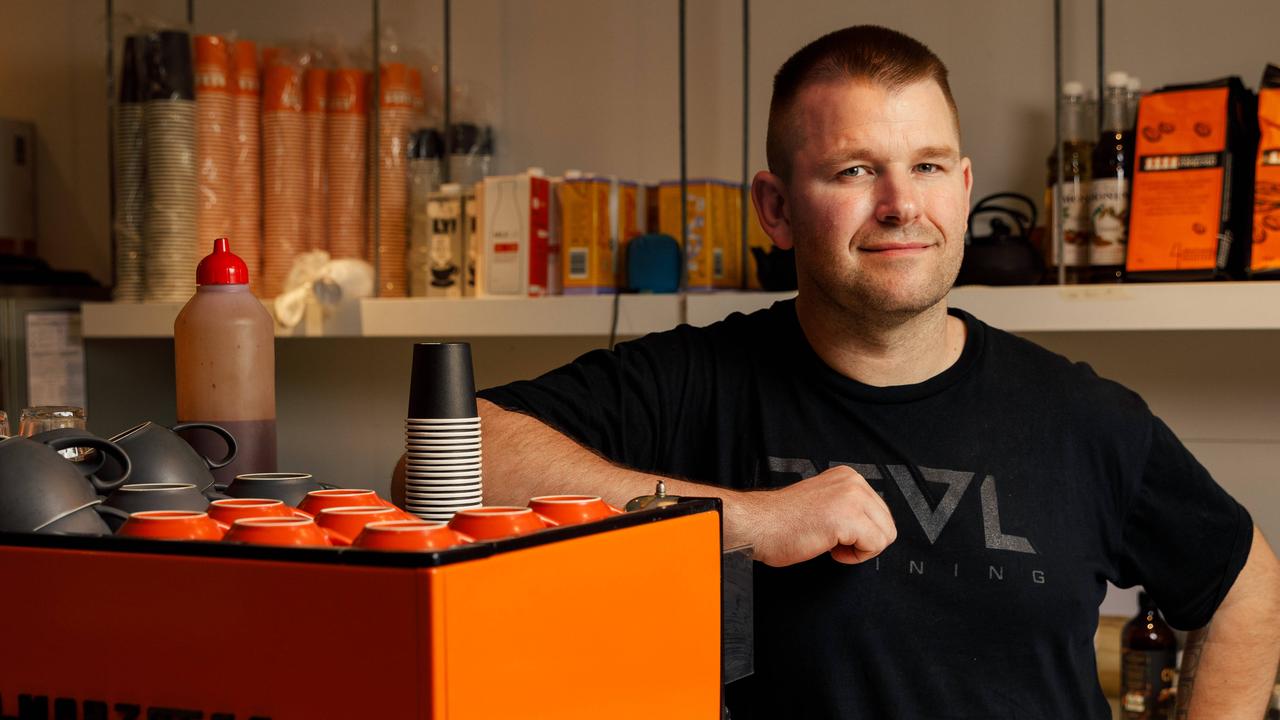Brisbane Metro to be boosted by 41 million seats if ‘compromise’ can be reached
Metro expansion plans could be boosted by another 41 million seats over the next eight years – but there are a couple of big conditions to ensure it happens.
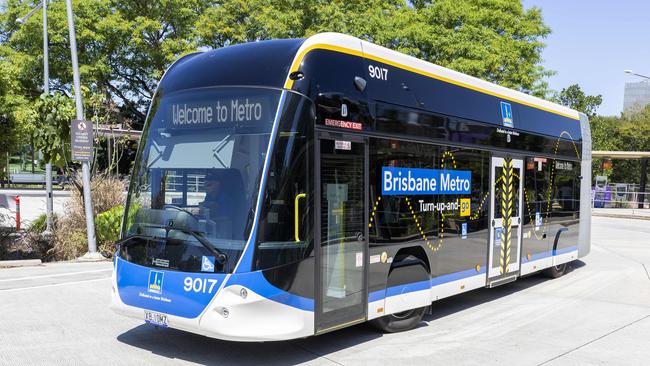
QLD News
Don't miss out on the headlines from QLD News. Followed categories will be added to My News.
Metro expansion plans could be boosted by another 41 million seats over the next eight years.
But the constraint of the Airtrain deal and pending Federal government approval to reallocate $50m towards a business case was stifling the progress of four new planned extensions and their ability to operational by the 2032 Games.
Lord Mayor Adrian Schrinner thinks a “compromise” could be reached on the Airtrain deal based on current usage.
While the Brisbane Airport CEO said more frequent and varied modes of public transport were needed to meet growing passenger numbers.
This story is part of The Courier-Mail’s annual Future Brisbane series advocating for a focus on the right legacy outcomes from the hosting of the Brisbane 2032 Olympic and Paralympic Games. You can read all of our coverage here.
New analysis has revealed the additional seats that could be added to the southeast’s transport network every year under the proposed 22-station expansion of Brisbane Metro.
The 41 million seats is in addition to Metro 1 from Roma Street to Eight Mile Plains and Metro 2 from UQ to RBWH, which will boost capacity by an extra 30 million seats every year at an expected build cost of $1.55bn.
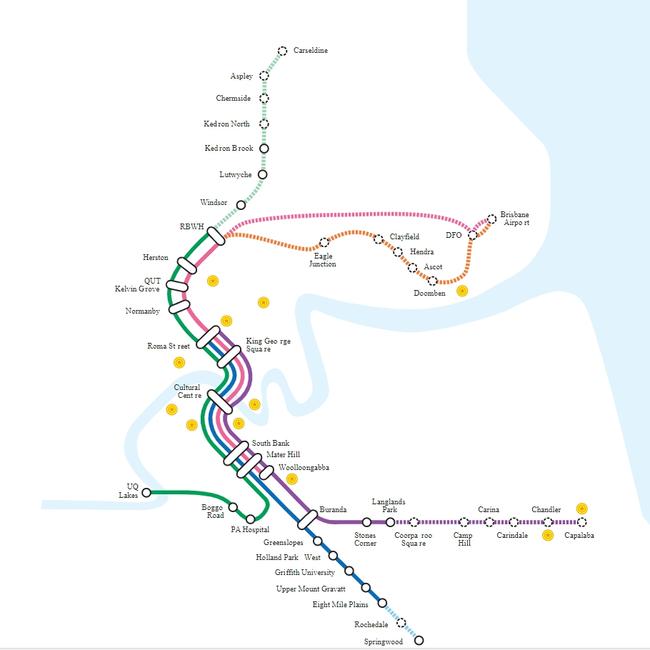
The four uncosted proposed expanded routes would extend the Brisbane Metro bus rapid transit system north to Carseldine, south to Springwood, east to Capalaba and out to Brisbane Airport, lifting Metro’s total trip capacity to more than 70 million seats.
The 2004 Athens Games helped accelerate key transport infrastructure projects, revered as one of the city’s greatest legacy achievement.
Two new metro lines were opened ahead of those Games, reducing traffic congestion and air pollution, and improving quality of life for citizens.
Other metro lines were extended including one to the Athens Airport, while new bus terminals were created close to the metro stations to improve connectivity.
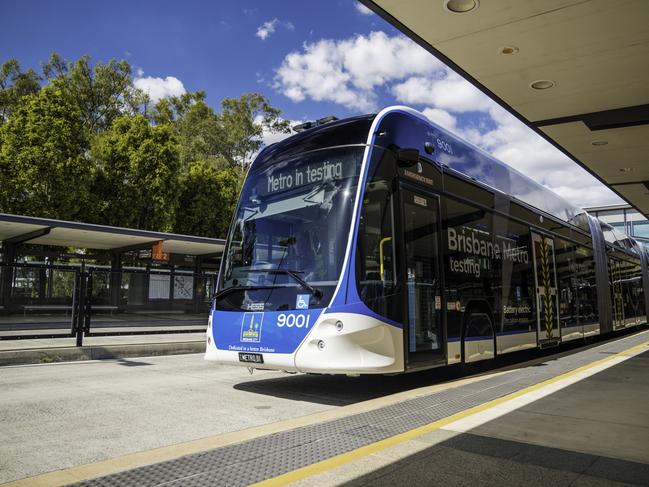
Cr Schrinner said one of the proposed options to extend Metro from the Royal Brisbane Women’s Hospital to Brisbane Airport could use existing roads and tunnels and connect to existing transport services.
The alternative was to run the electric bendy buses over a repurposed Doomben rail corridor from Eagle Junction.
But either route could only be operational before Brisbane 2032 if the controversial Airtrain deal – an arrangement struck in 1998 which allows the company to have a monopoly on public transport until 2036 – was bought out or renegotiated.
“I actually think there’s a compromise that could be made here,” he said.
“I believe that Airtrain can continue to service international tourists for the time being, but you could add in additional Metro services that serve the wider precinct and the workers.
“I think the two aren’t exclusive.”
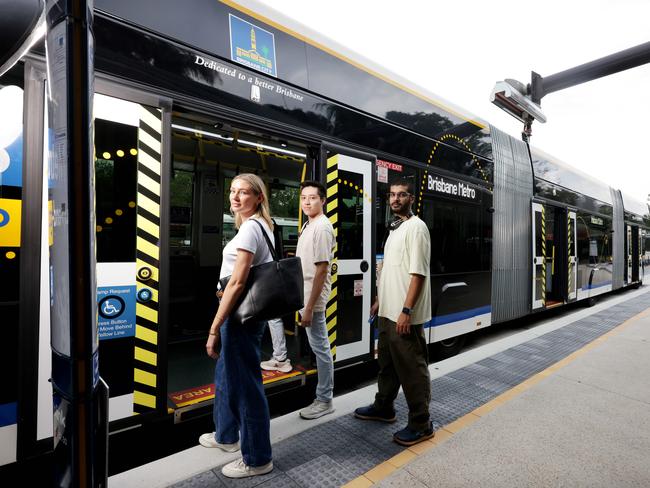
The former Miles Labor government in June revealed it was unwilling to pay the asking price to buy back the Airtrain service.
Cr Schrinner said the new LNP state government needed to re-look at the deal to make sure “it won’t jeopardise the needs of the city and the needs of workers in that precinct”.
The Courier-Mail asked Airtrain CEO Chris Basche if a compromise with Brisbane City Council on the extension of Metro to the airport could be reached, and if there would be engagement with the new state government on ending or reviewing the deal.
He said: “Due to confidentiality Airtrain is unable to discuss its agreements and discussions with the State Government”.
Brisbane Airport CEO Gert-Jan de Graaff said by 2050, it was forecasted more than 60 million passengers would pass through the terminals every year so planning for “an effective public transport network” was vitally important.
He said more frequent, and varied, modes of public transport to its terminals had been long advocated for and Brisbane Metro “ticks that box”.
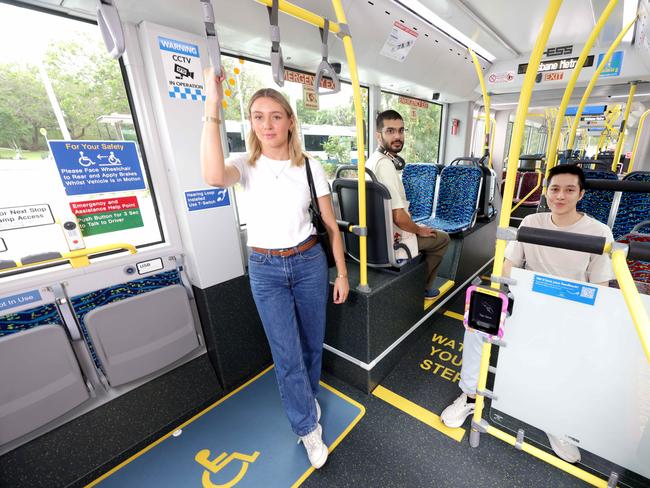
“The planning and route development is a matter for council however we are supportive of options that make good financial sense and that help passengers get to the airport in a cost-effective and timely manner,” he said.
“We have said for a long time that we cannot build roads and carparks forever, there must be alternative ways to get to and from the airport.
“We have a rail connection in Airtrain, which is great, but we know it can and must be better.
“The Federal Government has already signalled it wants an outcome, and that is a matter for the State Government, but ultimately we believe it needs higher frequency, longer running hours and better fares, especially for workers on the airport.”
Transport and Main Roads minister Brent Mickelberg said transport connections between Olympic venues and the airport would be a key consideration of its 100-day review.
He said the Crisafulli Government had not yet engaged in discussions with Airtrain.
“It’s clear our city needs an affordable and reliable transport connection to the airport, which is why we have supported work on a business case for a Metro line to the airport, which will be considered in line with options for the future of Airtrain,” he said.
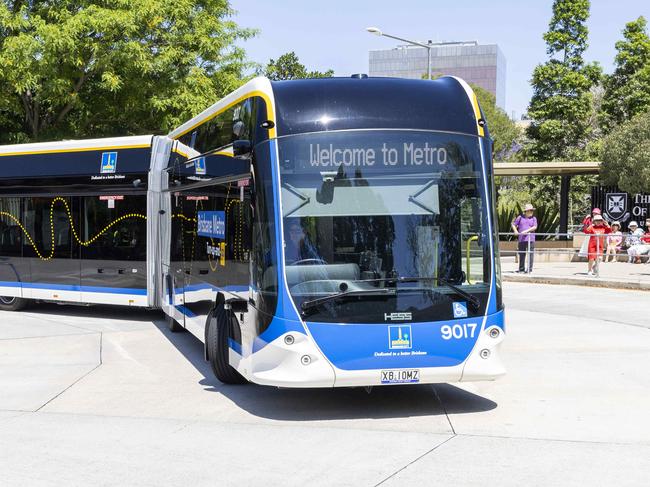
Cr Schrinner said while the Airtrain deal remained, Metro services on the proposed airport extension could quite quickly be extended as far as the DFO Brisbane precinct with the construction of a new station or platforms.
But those plans and that of the other three proposed extensions were still subject to the federal government approving the use of $50m for a rapid business case.
Former Premier Steven Miles and Cr Schrinner jointly wrote to the Federal Government in August seeking support to progress the business case using existing City Deal funding.
It’s understood a formal response has still not been received as the money is subject to review in the federal Mid-Year Economic and Fiscal Outlook.
A spokesperson for Federal Minister Infrastructure and Transport Minister Catherine King said: “The Australian Government supports the proposal from the Queensland Government and Brisbane City Council to reallocate their portion of the funding for the Gabba station toward the metro expansion.
“The allocation of the remaining Commonwealth funding will be considered as part of the usual budget process.”
More Coverage
Originally published as Brisbane Metro to be boosted by 41 million seats if ‘compromise’ can be reached




